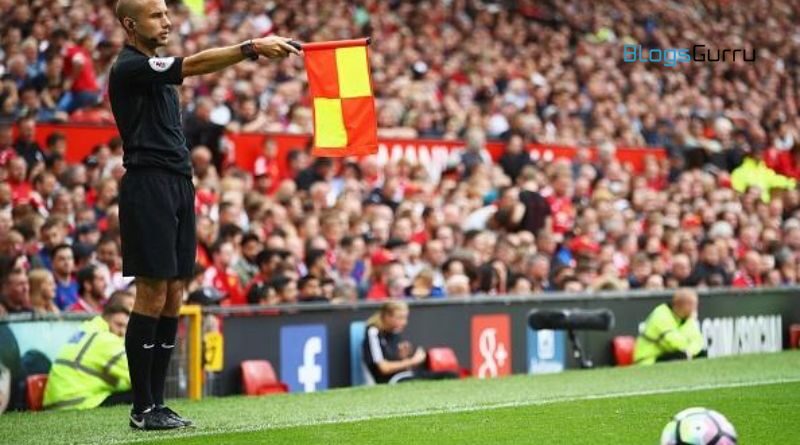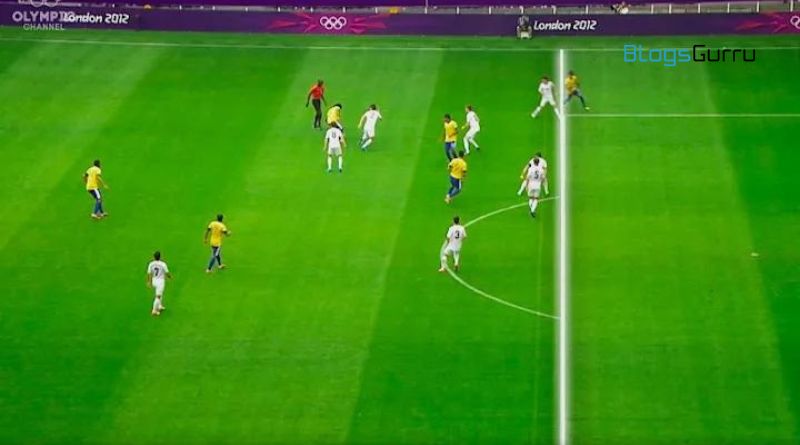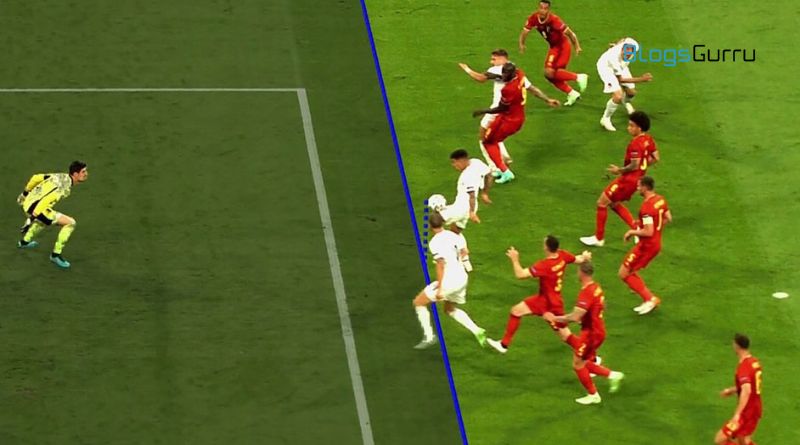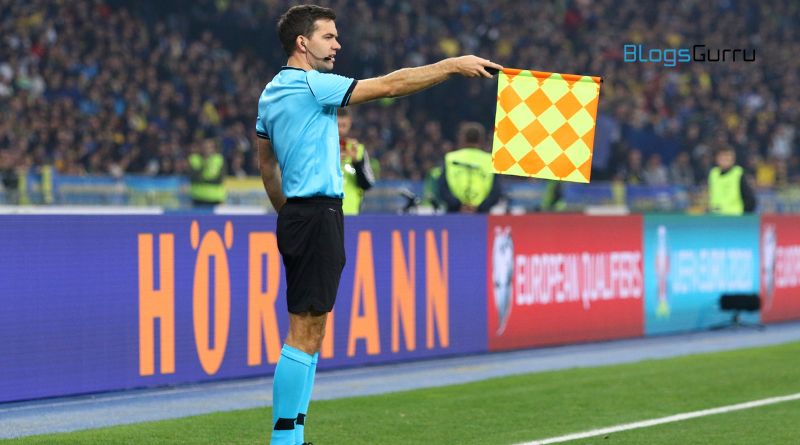Offside Rule in Football Explained, Rule That Often Turns Out To Be Game Changer
One of the most significant regulations in football is the offside rule. Many matches have been flipped upside down as a result of this regulation. Ecuador scored in the third minute of the opening encounter of the FIFA World Cup 2022 between Qatar and Ecuador, but it was declared offside by the referee and the goal was disallowed to them. The offside rule also changed the outcome of the match between Argentina and Saudi Arabia. Argentina’s two goals were ruled offside, costing them the game.
Offside Rule in Football & Its Origin
The Football Association instituted the offside rule in 1883. (FA). It was implemented to prevent opposing players from standing near the opposing goal area. Without the offside rule, long balls may be sent directly into teammates positioned in the opponent’s goal area, removing the element of talent and strategy from football games.
Offside Rule in Football Explained
The Football Association’s rules state that “a player is in an offside position if they are in the opposing half of the field and significantly close to the opponent’s goal line than both the ball and the second opponent. The Football Association changed the law again in 2005. According to the new regulation, “nearer to his opponent’s goal line implies that any portion of his head, torso, or feet is nearer to his opponent’s goal line than both the ball and the second last opponent.” This definition does not include weapons.”
When is the player considered to be offside?
Read Also: Ranking Cristiano Ronaldo’s (CR7) Top 5 Greatest Goals
A player is judged offside in two situations:
- Any part of the player’s head, body, or feet is in the opposition’s half of the field (excluding the halfway line).
- The player’s head, body, or feet are all closer to the other team’s goal line than the ball and the last opponent.
Simply put, the offside rule in soccer stipulates that while receiving a ball in the opposing half, an attacking player must have at least two opponents, including the goalkeeper, between him and the opposition goal.
Who Signals Offside in Football
Read Also: Top 10 goals of Lionel Messi at FC Barcelona that left everyone stunned
Offside is normally signaled by the linesmen, two referee assistants who observe the play from the sidelines in each half of the field. Linemen carry a flag above or in front of themselves to signify an offside infraction. It is quite difficult for the linesman to flag offside with the naked eye in the high-octane, fast-paced game. As a result, since 2016, a Video Assistant Referee (VAR) has been used to double-check offside in the event of a goal.
Following each score, VAR searches for instances of offsides. If a VAR review identifies an offside infringement that the linesman missed, the goal is nullified. The video referee analyzes the linesman’s call using video technology and then confirms his judgment with VAR technology. The VAR can reverse the linesman’s judgment and award or remove the goal.








